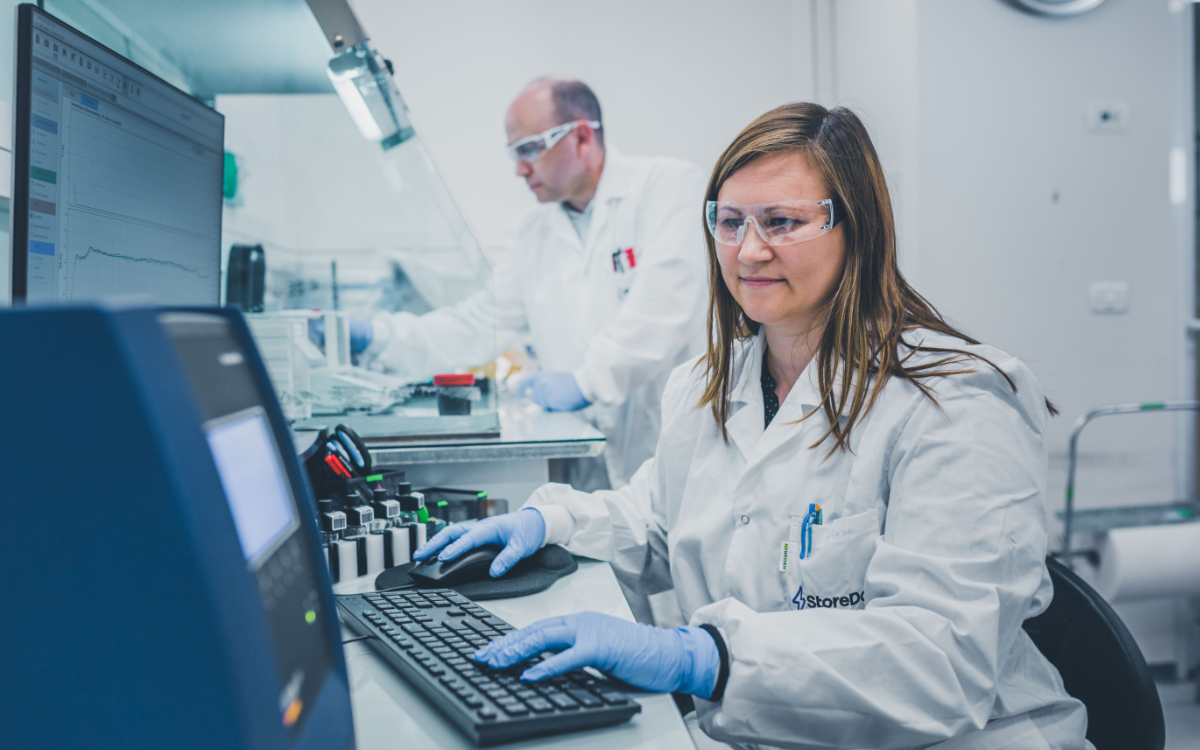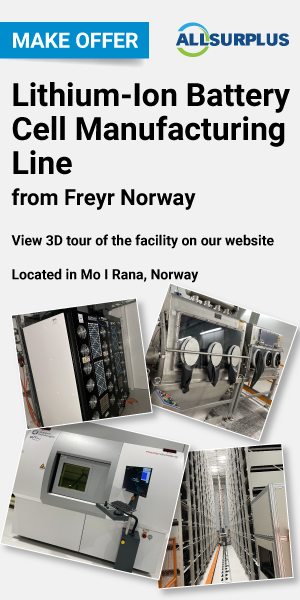Battery maker Storedot said it successfully manufactured its first silicon-dominant prismatic battery cells.
It said the transition from pouch to prismatic cells and integrating silicon-based chemistry with extreme fast charging (XFC) capability makes manufacturing more complex.
The solution, it claims, is in the design of stack thickness, formation currents and pressure regimes as well as managing the associated swelling of silicon-dominant anode technology and high currents in a prismatic hard case enclosure.
Dr Doron Myersdorf, CEO of Storedot, said the company is firmly on track for the major milestone of mass production readiness this year. He told BEST: “Storedot is actively working on addressing these challenges through innovations in materials science, electrode design, and manufacturing processes to improve the performance and reliability of lithium-ion batteries with silicon anodes. Advances in nanostructuring, coatings and other technologies are being explored to mitigate the issues associated with silicon anodes in prismatic cells.”
He identified several challenges:
- silicon undergoes a significant volume expansion (around 300%) during lithiation
- expansion and contraction can cause cracking and pulverisation of the silicon particles, leading to capacity fade and a decrease in overall performance. He said Storedot managed to develop a formulation that has less than 10% volume expansion
- repeated expansion and contraction during charge/discharge cycles can result in electrode degradation
- formation of a solid electrolyte interface (SEI) layer on the silicon surface during cycling can affect the overall cycle life. Storedot XFC technology reaches 1700 consecutive XFC cycles, Myersdorf said
- silicon anodes can be thicker than graphite anodes. Their design means uniform lithiation/delithiation challenges
- careful control of formation process for silicon anodes to establish a stable SEI layer that can accommodate the volume changes
- silicon anodes may experience capacity fade over cycles due to the formation of inactive lithium silicate phases and the continuous breakdown and formation of the SEI layer
- prismatic cell designs, with their specific form factor, may pose challenges in accommodating the volume changes and maintaining structural integrity during repeated cycling with silicon anodes
- silicon is more expensive than graphite.
The Israeli company said it will continue to optimise the design to achieve up to 170Ah of cell capacity and over 700 Wh/L volumetric energy density. It plans to be production-ready with XFC cells that can deliver 100 miles charged in five minutes this year, and 100 miles charged in three minutes by 2028.












